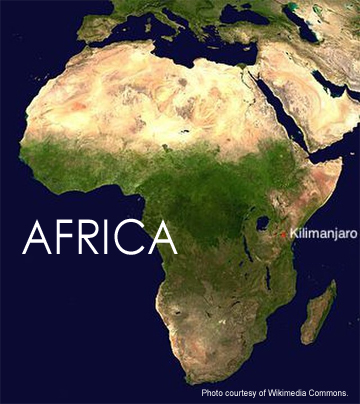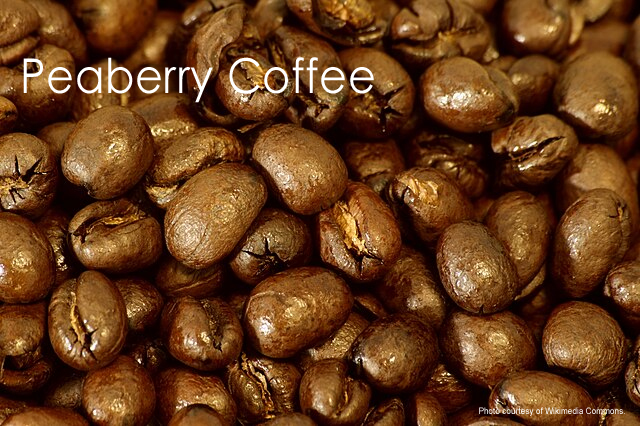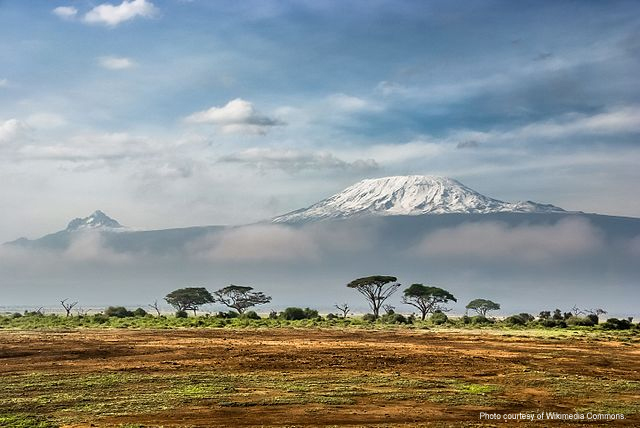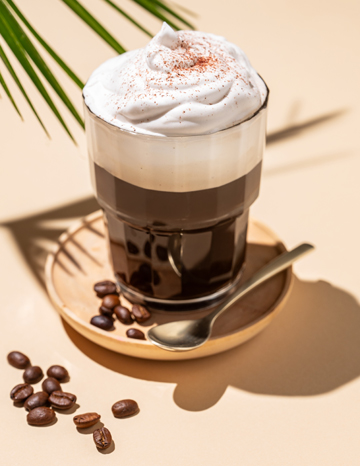From the plantation to your cup

Have you ever wondered about the history of that cup of coffee that you sip every morning? Most probably the beans of that coffee have passed through several hands to get to you — from the coffee plantation where it had been cultivated and refined for decades … to the chemical analysis it underwent… to the harvesting … the separation of the beans from the shell … the roasting … the grinding … the packaging … the shipping … the grocery store … and finally to your home. It is a testament to the system of modern commerce.

There are many sources of coffee. They come from countries like Brazil, Liberia, Puerto Rico, the Philippines and (of course) Africa. Our coffee comes from Kilimanjero in the northeastern Tanzania, near the border of Kenya where it has the perfect climate to grow coffee.

Exploring Coffee Varieties and Why Peaberry Reigns Supreme
Coffee lovers worldwide delight in the vast array of bean varieties, each offering unique flavor profiles influenced by origin, processing method, and bean structure. Among the most notable types are Arabica, known for its smooth, nuanced flavor; Robusta, prized for its strong, bold taste and higher caffeine content; Liberica, with its fruity and floral notes; and the rare and intriguing Peaberry, often hailed as the connoisseur’s choice.
Peaberry coffee is not a separate coffee species but rather a natural mutation of the coffee bean. Typically, a coffee cherry produces two flat-sided beans, but in about 5% of cherries, only one round bean develops. This is the peaberry, a single, small, oval-shaped bean that is denser and often considered more flavorful.
Why is Peaberry Amazing?
Peaberry beans are often hand-sorted from the rest due to their rarity and distinct shape. Roasters love them because their uniformity allows for an even roast, reducing the chances of over- or under-roasted beans. In the cup, peaberry coffee is frequently described as sweeter, brighter, and more concentrated than its flat-bean counterparts, delivering a cleaner and more complex flavor. Tanzanian and Kona peaberries, in particular, are celebrated for their vibrant acidity and fruity overtones.
Though some debate remains about whether the taste difference is dramatic or simply a result of better sorting and roasting, many aficionados agree: peaberry coffee offers a uniquely rich and balanced experience, making it a favorite for those seeking something special in every sip.

Peaberry coffee from Kilimanjaro is often regarded as a hidden gem among coffee aficionados—and for good reason. Grown on the lush, volcanic slopes of Mount Kilimanjaro in Tanzania, this rare bean offers a uniquely rich and vibrant cup that stands out in the global coffee landscape.
Unlike regular coffee beans, which grow two to a cherry, peaberries are a natural mutation where only one rounded bean forms inside the fruit. This results in a denser bean, which many believe roasts more evenly and retains more flavor. Kilimanjaro’s high altitude, fertile volcanic soil, and temperate climate create ideal growing conditions that enhance these natural characteristics.
What sets Kilimanjaro peaberry apart is its cup profile: bright acidity, full body, and notes of citrus, blackcurrant, and floral undertones. The coffee’s complexity and clarity can be attributed to meticulous handpicking, careful washing, and sun-drying processes, all of which are deeply rooted in the region’s smallholder farming traditions.

Ultimately, Kilimanjaro peaberry coffee tastes so good because it is a perfect storm of nature and nurture—rare beans, ideal growing conditions, and generations of skilled craftsmanship.


